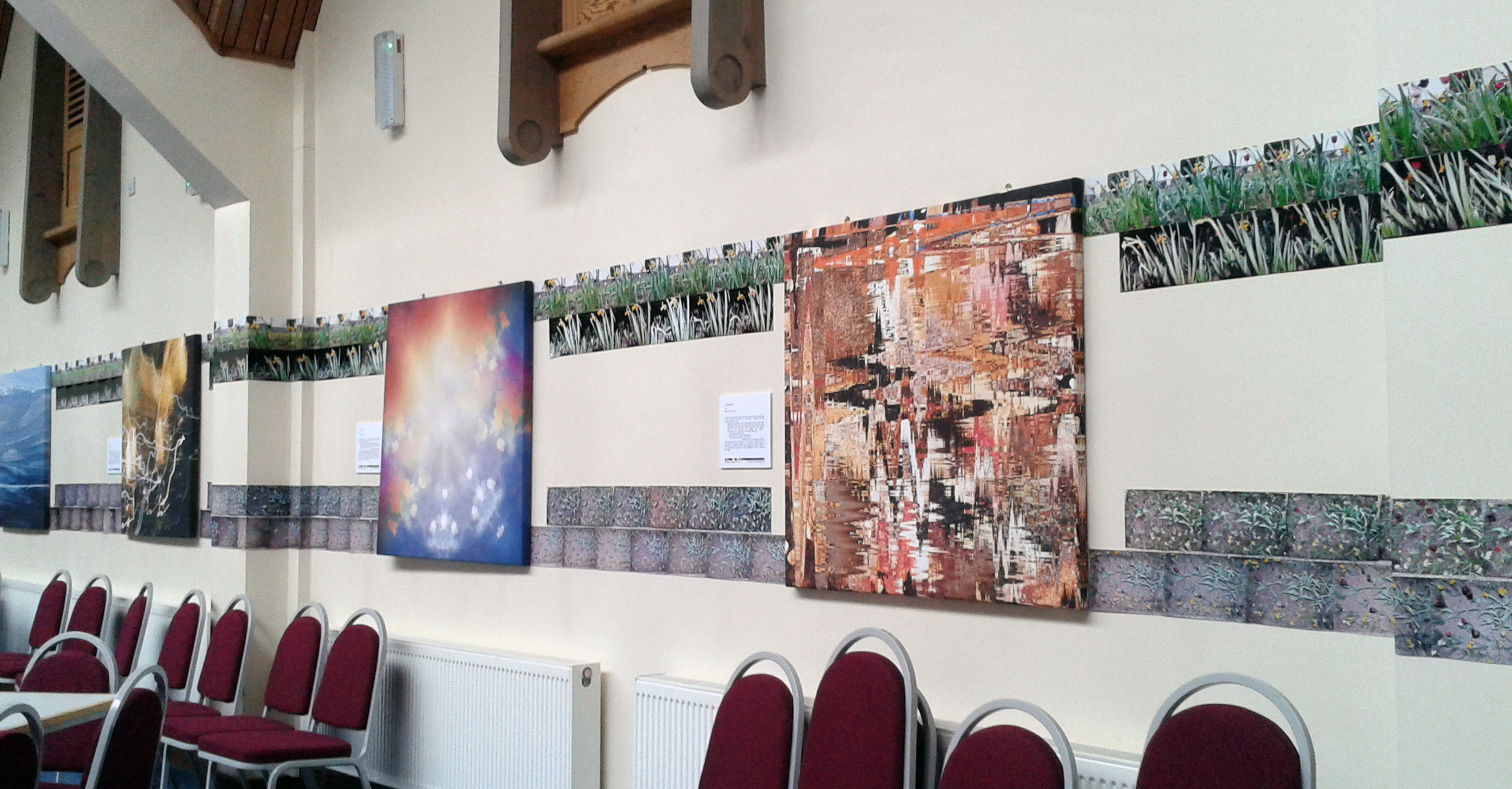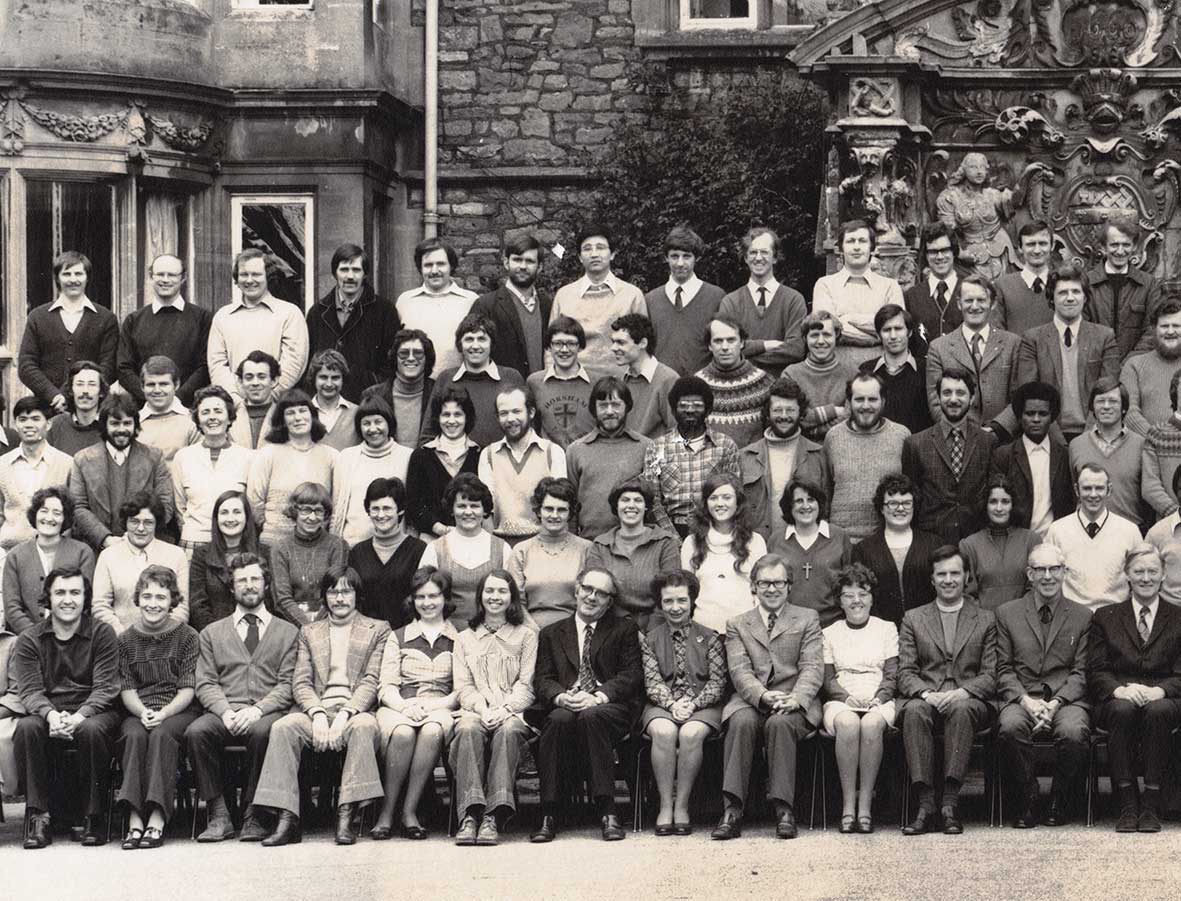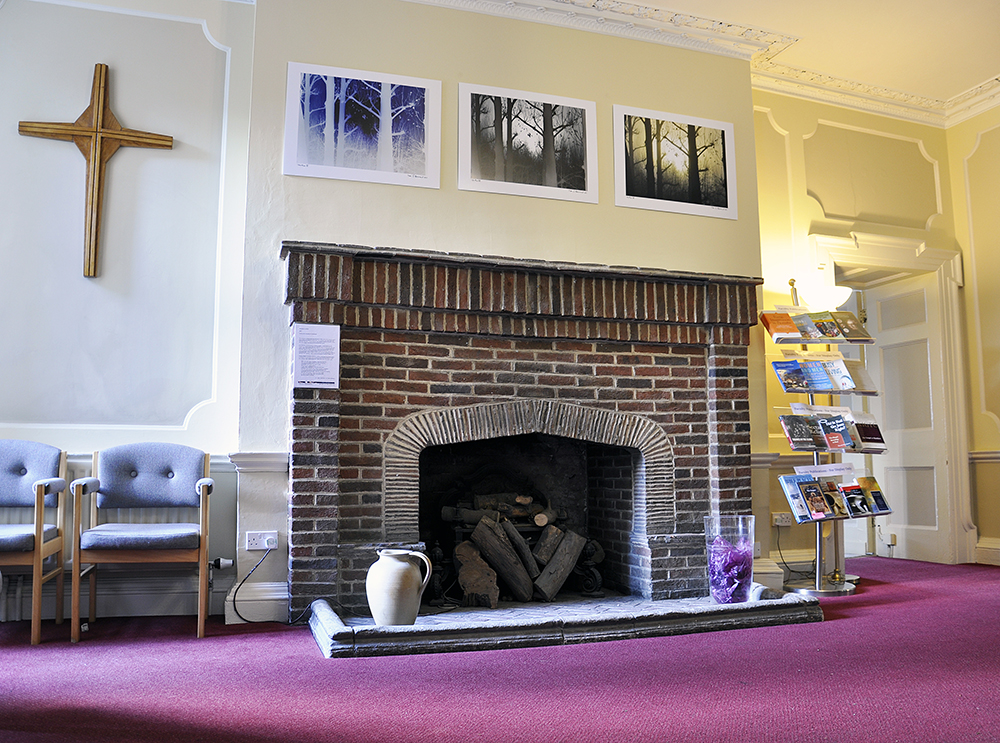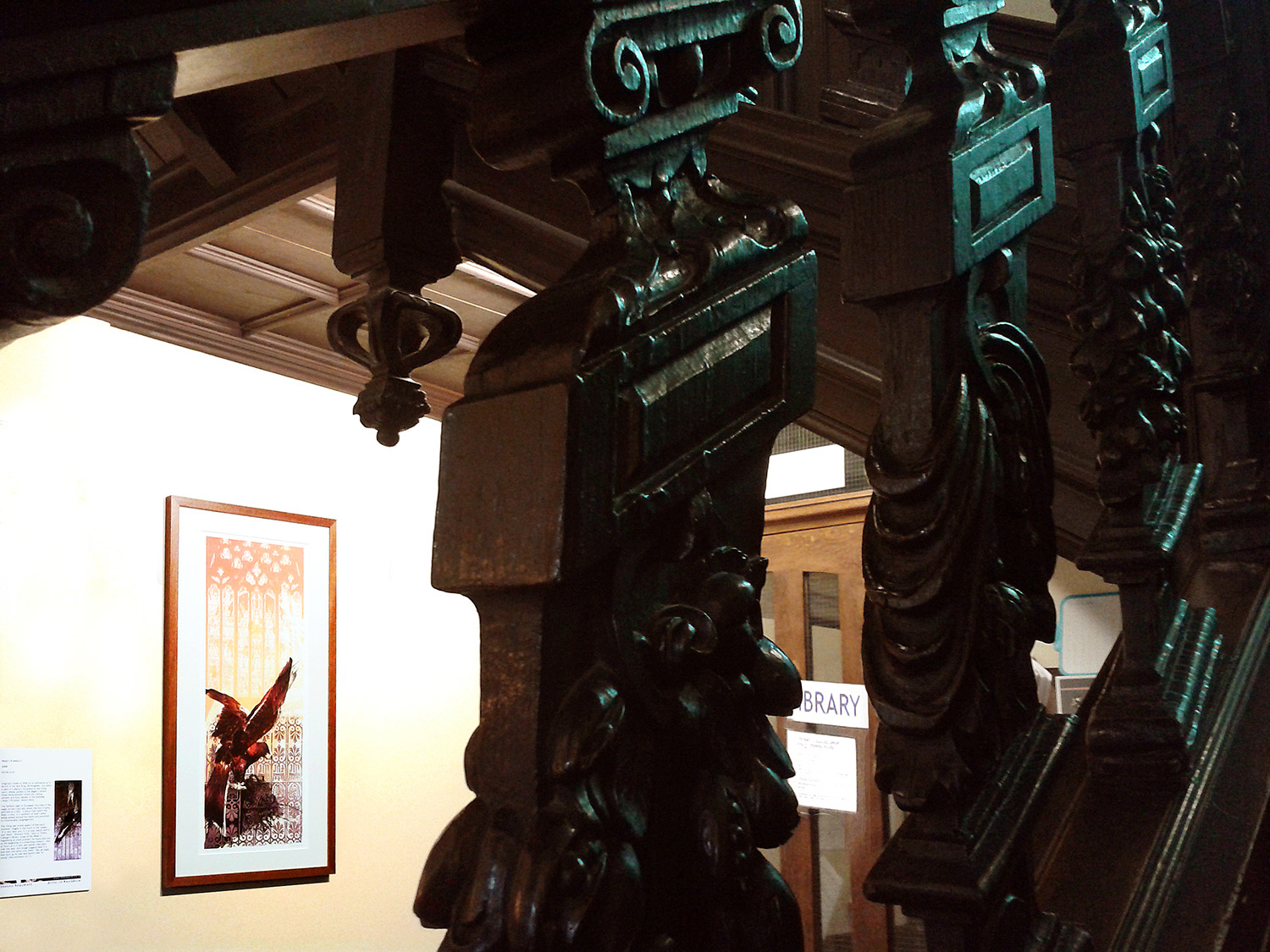Maundy Thursday in Trinity College sees the finishing of my Lenten installation in the dining room – a progressive installation where I’ve daily been putting up photographs of bulbs growing, both day and night. As always with Lent, it’s symbolic of a journey, and in this case it’s been a journey that has led through challenge and reflection with regard to the wider support for artists in their practice today. It’s fitting that I’m suggesting parallels with Lent and Maundy Thursday in particular, because most artists are sole practitioners, ploughing an individual, singular and sometimes lonely furrow; and most artists maintain a kind of interior spirituality that stays hidden.
Before I get where I’m going, I do want to emphasise that this is a good thing, and normal, and true. The spiritual landscape of prayer and connection to God that Jesus practised was often done in solitude, and was often ‘slow’ time. By which I mean that he resisted the world’s values of being ‘on it’ the whole time, of being always visible in his doing, of needing to build in justification for his singular life. Artists can be examples of this resistance too, which, although it opens us up to misunderstanding of all sorts, remains a positive and VERY culturally necessary thing.
The problems that can arise, as I’ve found them, are to do with a lack of trust that this is ok – a kind of self-destructive, victim mentality can change how we feel about our invisibility. ‘What’s the point? – No-one wants to buy/champion/visit my work.’ When I had to move this Lenten installation, a third of the way through, from its original starting place in a corridor (because some other work of mine had been allocated the space, in a very wobbly exchange relating to miscommunication and unsaid expectations), I really struggled with the motivation to put it up anywhere else at all. I went from feeling the wind behind me, to feeling like everything involved battling the wind. Not just this work in this situation, but I started to question all my aims with my work, all my ability in keeping a project together, and finally took on the assumption that in order to avoid future hurt/failure I had better exert my singularity with a programmatic self-control: lists, deadlines, working harder. At this point, and only very recently, I realised that (good) solitude had turned into (bad) isolation.
Now a logical answer to this situation, if you asked the artist, would probably be patronage. The answer is support – practical, financial, emotional, verbal. And ABSOLUTELY artists can’t and don’t live in a vacuum, we make work for the showing/telling/engaging/living. There is a massive crashing together of idealism with realism here, often uncomfortably so, and it is certainly the case that artists find themselves having to educate their friends/buyers/employers with respect to their needs. Even here at Trinity, where in one light I’m the beneficiary of patronage on a plate for a limited time (studio space and an engaging community), in truth there are deeper cultural gaps in understanding and it’s not the simple answer you might think.
Ultimately, I have to go back to practising trust. Ultimately, when Jesus reached his crunch moment of isolation and misunderstanding on Maundy Thursday, ‘knowing that the Father had given all things into his hands, he loved to the end’ (John 13:1-3ish). All things into our hands? Yes, ALL things into our hands. The patronage from heaven is already here.
Header image: Lenten Spring, 2012 (installation view at Trinity College Bristol), by Sheona Beaumont.



